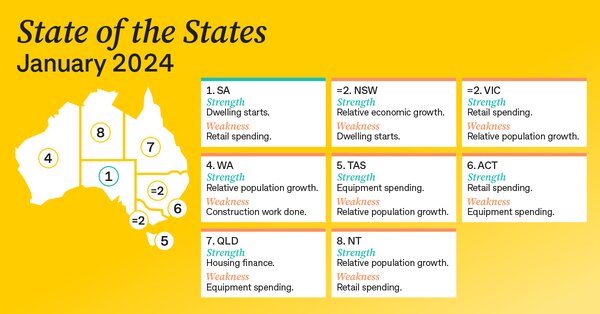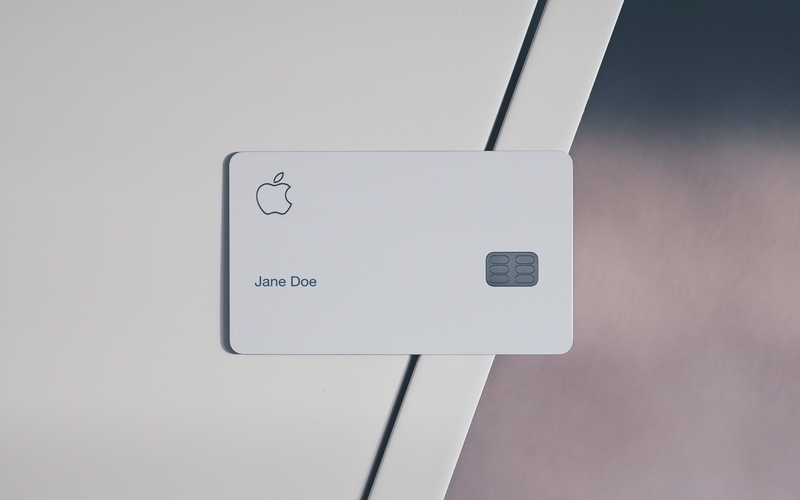The southern state, known for its food and wine, overtook Victoria to take out the top spot in CommSec’s latest State of the States report for the first time in the survey's 15-year history.
The Victorian economy is now tied with that of NSW for second best, while Western Australia’s jumped to fourth position.
According to SA Premier Peter Malinauskas, the triumph “isn’t an accident”.
“The State Government was elected with a clear plan to grow our economy and we are seeing the results,” he said.
“Significant government investment in housing and infrastructure and thriving exports have helped drive our state’s economic activity.”
It wasn’t all good news for South Australian residents, though.
Adelaide was also found to have the nation’s highest inflation rate, at 5.9%, while wage growth came in at just 3.9%, besting only Victoria (3.7%) and NSW (3.8%).
The State of the States report assesses economic performance with eight indicators, comparing each to a state’s ‘normal experience’ – that is, a 10-year average or, in the case of measuring economic growth, a four-year average.
SA topped the lot in four out of the eight indicators, one of which was relative economic growth.
Economic activity in SA was 9% above its four-year average over the September quarter, though it lifted just 2.9% on an annual basis.

The state was also found to have the strongest relative jobs market, with unemployment 36.5% lower than its decade average.
When it came to construction and home builds, the state led the way as well.
It posted a 23.4% increase on its decade average number of construction completions and a drop of just 2.3% on its decade average number of dwelling starts.
“Population growth in South Australia has tripled over the past two years, which is showing up in a strong housing market and overall economic activity,” CommSec chief economist Craig James said.
“However, South Australia can’t rest easily.
“It is likely the state will face challenges from NSW and Victoria in the period ahead.”
When it came to wage growth, Queensland led the nation, recording an increase of 4.7% over the year to the September quarter.
The Sunshine State also saw the biggest increase in new home loans, coming in at 24.6% above its 10-year average.
WA in top spot when it comes to annual growth
WA’s property market isn’t the only thing booming in the mining state (though, house prices there rose 14% over the year to December).
Read more: Perth suburbs to watch in 2024
The state saw a 4.3% uptick in employment growth, a 16.4% jump in construction work, and a 3.1% climb in population growth over the prior 12-months.
That’s compared to the national average of 3%, 9.8%, and 2.4% respectively.
Going forward, WA is one to watch, as it joins NSW and Queensland in exhibiting momentum in jobs, consumer spending, and housing trends.
Meanwhile, CommSec notes that seven of Australia's eight states and territories could be gunning for the gold in the next quarterly State of the States report.
However, South Australia, NSW, and Victoria appear to be the most likely contenders.
Image by James R on Unsplash.



 Denise Raward
Denise Raward
 Harry O'Sullivan
Harry O'Sullivan

 Aaron Bell
Aaron Bell
 William Jolly
William Jolly
